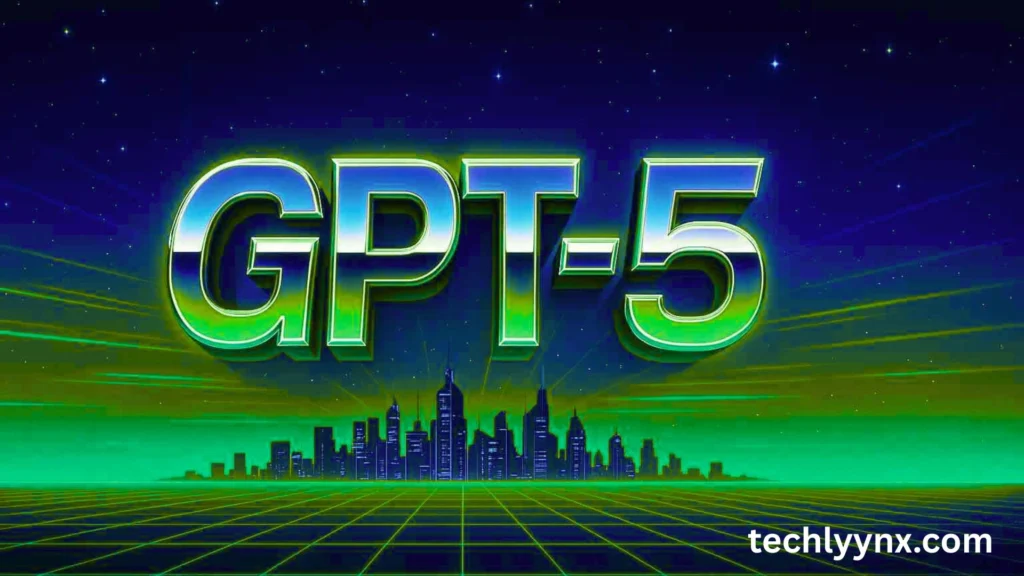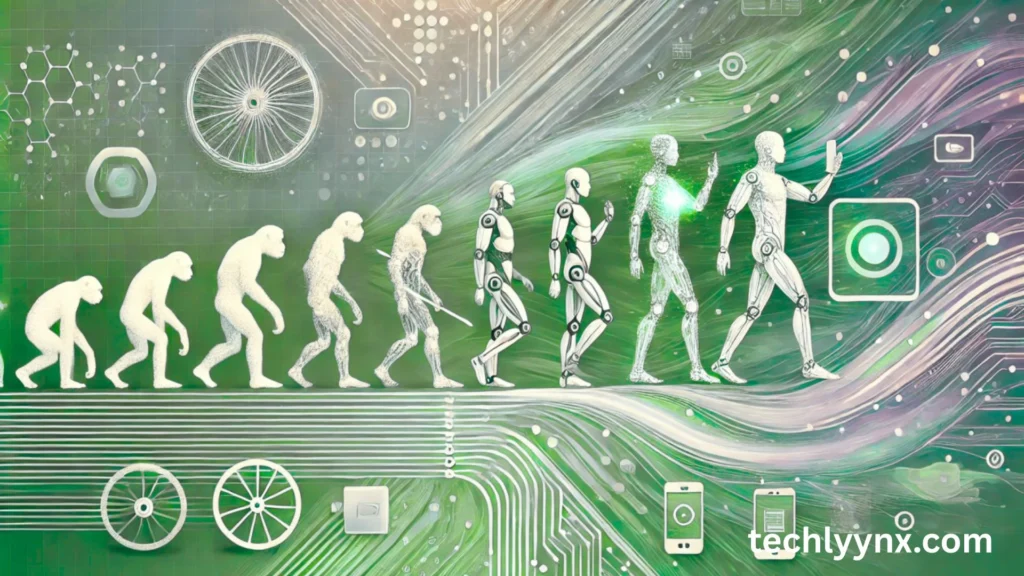The concept of artificial intelligence is becoming ingrained in our daily lives and is no longer merely a trendy term. With the launch of GPT-5, OpenAI has made significant progress in the development of AI. If GPT‑4 caused you to reconsider the boundaries of machines, GPT‑5 will fundamentally alter your perception of what artificial intelligence is capable of.
More information and quicker responses aren’t the only goals here. A new degree of comprehension, reactivity, and intelligence is represented by GPT-5. With just a single sentence of input, it is assisting users in creating apps, writing entire essays, resolving challenging issues, and even producing images.
This post will answer any questions you may have about the implications of this for your industry, your work, or even your daily productivity.
What Is GPT‑5?

OpenAI’s Generative Pre-trained Transformer model, also referred to as a large language model (LLM), is in its fifth generation, or GPT-5. It can comprehend and produce language that is similar to that of a human, think, converse, and even produce software or graphic material.
GPT-5 outperforms earlier models in a number of areas, including text, code, graphics, music, and video. It is also more accurate and can handle longer and more complicated instructions. Additionally, it can retain context over extended periods of time, which means it “remembers” what you said previously and reacts more logically in continuing discussions.
Key Features Of GPT-5

ere are some standout features that make GPT‑5 a revolutionary step in AI development:
- Prompt-to-App Functionality
Generate a working prototype or app from a single, well-crafted prompt—no need for hours of manual coding. - More Human-Like Writing
Text output is more natural, context-aware, and free-flowing. It sounds like it came from an actual person, not a robot. - Advanced Context Retention
GPT‑5 can follow conversations or documents over a much longer stretch, tracking details and staying on topic better than GPT‑4. - Multimodal Capability
The model understands and works with text, images, audio, and even short videos, giving users much more freedom and creative power. - Improved Reasoning and Logic
GPT‑5 performs better on tests of logic, math, and complex problem-solving, thanks to more advanced training strategies. - Fewer Hallucinations
It generates fewer false or misleading answers compared to previous models, which improves reliability—especially in technical or factual tasks. - Stronger Coding Ability
Developers can rely on GPT‑5 to write, debug, and explain code in a variety of languages with much higher accuracy.
How GPT‑5 Is Being Used
GPT-5 is already being applied in a variety of innovative and potent ways across businesses and professions:
Developers are automating monotonous activities, debugging code with ease, and transforming simple prompts into full-stack applications.
GPT-5 is being used by authors to collaborate on articles, generate ideas for stories, and edit drafts with a human-like touch.
In just a few minutes, teachers may create lesson plans, interactive tests, and customized study materials for their students.
For planning purposes, company executives are creating reports, analyzing data, and even modeling business scenarios.
Instantaneously, marketers are creating headlines, ad copy, and social media material in a variety of languages and tones.
GPT-5 is being used by students to arrange their study materials, solve math problems, and comprehend complex subjects.
Researchers are summarizing long documents, organizing literature reviews, and modeling research hypotheses.
GPT‑5 vs GPT‑4: What’s the Real Difference?

The difference between GPT-4 and GPT-5 is substantial in terms of both functionality and user experience. Although GPT-5 is more context-aware, has superior reasoning skills, and can handle larger and more complicated instructions, GPT-4 was already a formidable machine. It has a wider reach because it can create apps and function in various formats.
Furthermore, GPT-5 has been trained using enhanced safety methods, which lowers the likelihood of providing inaccurate or biased responses. Additionally, it has a deeper understanding of tone and emotion, which makes it more useful for creative or emotionally sensitive writing.
What Are the Concerns?
While GPT‑5 is a major technological advancement, it’s not without risks. One growing concern is the ease of creating hyper-realistic fake content—text, voices, even faces—raising issues of misinformation and deepfakes. This could make it harder for people to trust what they read or watch online.
Another issue is over-reliance. People might begin outsourcing critical thinking or creativity to AI, leading to a decrease in essential human skills. Then there’s the question of job displacement—as GPT‑5 handles more sophisticated tasks, some jobs may evolve or even disappear.
Ethics is a big part of the conversation too. How do we ensure AI is fair, inclusive, and used responsibly? OpenAI has taken steps to mitigate risks, but the responsibility also lies with users, companies, and governments.
Should You Start Using

Yes, GPT-5 can be a useful tool if you work in an area that calls for communication, problem-solving, software development, or content creation. It can boost productivity, foster creativity, and save time.
Even for individual use, GPT-5 can help with travel planning, language translation, resume writing, acquiring new skills, and much more. But it’s crucial to utilize it sensibly and morally—as a partner, not a crutch.
Currently, you need to have a ChatGPT Plus subscription or OpenAI API access in order to access GPT-5. In the coming future, expect wider availability.
Embracing the AI Evolution

GPT‑5 isn’t just an upgrade—it’s a gateway to the next phase of human-AI interaction. It’s smarter, more creative, and more helpful than anything we’ve seen before. Whether you’re writing code, crafting stories, or solving problems, GPT‑5 can be a powerful ally.
But like any powerful tool, it needs to be used with awareness and care. It can open doors to new possibilities—or new challenges—depending on how we engage with it.
So, ask yourself: What would you do if you had a hyper-intelligent assistant that never sleeps and learns faster than any human?
Because now… you do.

